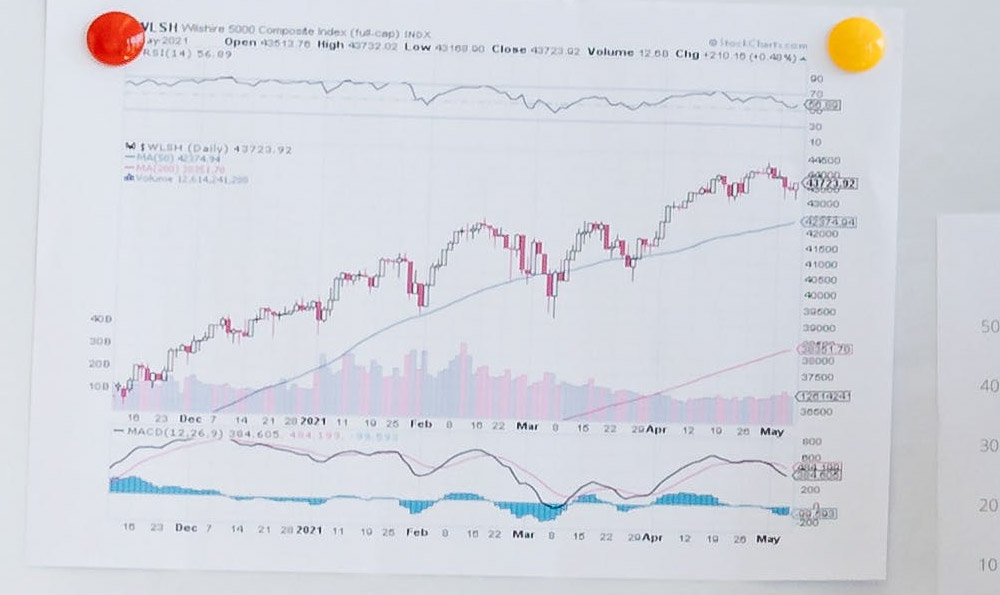North Korea Revenue Sources: How the Country Earns Income
North Korea's economic landscape is a complex and often misunderstood subject, with its revenue streams shaped by geopolitical tensions, sanctions, and a limited but resourceful approach to financial survival. While the country is frequently portrayed as an isolated and economically crippled state, its ability to maintain certain levels of income through unconventional means has drawn significant attention from analysts and policymakers. Understanding these sources not only sheds light on North Korea’s resilience but also raises critical questions about the broader implications for global finance, particularly in relation to illicit activities and emerging technologies like digital currency. This analysis delves into the multifaceted nature of North Korea’s income generation, examining how it balances survival strategies with the risks posed by international scrutiny.
At the core of North Korea’s financial sustenance lies its ability to exploit gaps in global supply chains and evade sanctions through strategic trade. The country reportedly relies heavily on covert economic activities, including the export of mineral resources, which are among its most valuable commodities. North Korea has long been known for its rich deposits of coal, iron, and rare earth elements, and these have historically formed a significant portion of its foreign exchange earnings. However, the global market for these resources is volatile, and the country’s economic survival has been further complicated by the United Nations’ sanctions, which have restricted access to international trade networks. Despite these challenges, North Korea has managed to maintain a degree of economic activity by leveraging its proximity to China, where it engages in informal trade routes to circumvent restrictions.
Another key area of North Korea’s revenue generation is its involvement in the illicit trade of counterfeit goods and weapons. While deep-state cybercrime and hacking have been widely publicized as sources of income for North Korea, the government has seemingly taken a more strategic approach to these activities. The country’s cyber operations, often attributed to state-sponsored groups like Lazarus, have been linked to cyberattacks targeting financial institutions and corporations around the world. These attacks, which can range from ransomware to data theft, have reportedly funded North Korea’s military programs and other state priorities. However, the extent of this revenue and its impact on the broader economy remain subjects of debate, as these activities are inherently difficult to quantify and often operate in the shadows.

In addition to these traditional and clandestine sources, North Korea has also shown interest in emerging technologies, particularly in the realm of cryptocurrency. While the country has imposed strict controls on digital financial transactions, there have been indications that certain entities may be using cryptocurrencies to circumvent international sanctions. The anonymity and borderless nature of digital assets make them attractive for illicit financial activities, and North Korea’s advanced cyber capabilities have prompted speculation about its potential use of crypto to fund its operations. However, the lack of transparency and the difficulty of tracing transactions have made it challenging to verify these claims. This aspect of North Korea’s financial strategy highlights the intersection of traditional economic practices and modern digital finance, raising concerns about the role of cryptocurrencies in facilitating illicit activities.
The implications of North Korea’s revenue sources extend beyond the country itself, influencing global financial stability and security. The use of state-sponsored cybercrime to generate income has prompted calls for stronger international cooperation to combat financial crimes and prevent the proliferation of illicit funds. Meanwhile, the country’s reliance on covert trade and resource exports underscores the fragility of global supply chains and the need for more robust monitoring systems to detect and prevent illicit economic activities. In this context, understanding North Korea’s financial strategies is not only a matter of geopolitical interest but also a critical component of financial risk management for individuals and organizations operating in the global economy.
For investors and financial professionals, the study of North Korea’s revenue sources serves as a reminder of the importance of due diligence and the need to remain vigilant against emerging risks. While the country’s traditional economic practices may seem distant from the world of digital finance, the intersection of these two domains highlights the evolving nature of financial threats. Investors are advised to stay informed about geopolitical developments and to implement robust risk management strategies to protect their assets from potential exposure to illicit financial activities. This includes monitoring for any indications of state-sponsored cyber operations that may have financial implications and considering the broader context of global economic stability when making investment decisions.
In conclusion, North Korea’s revenue sources are a reflection of its unique economic environment, shaped by both historical advantages and contemporary challenges. By exploring these sources, we gain insight into the resilience of the country’s financial system, the risks posed by sanctions and illicit activities, and the evolving role of digital finance in global economic dynamics. For those involved in investment and financial planning, a nuanced understanding of these factors is essential in making informed decisions that align with both financial goals and risk management strategies. The future of North Korea’s economy may depend on its ability to adapt to these challenges, and the world continues to watch closely as the country navigates a complex and volatile financial landscape.















